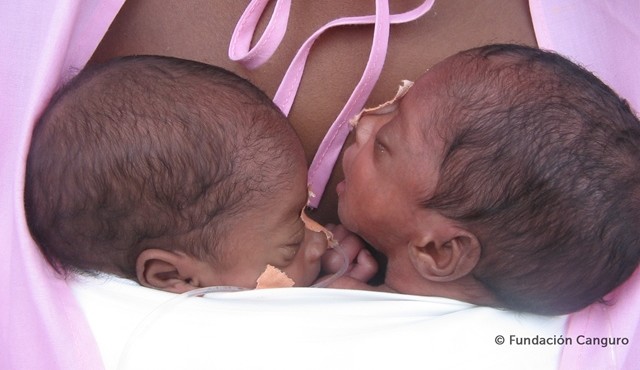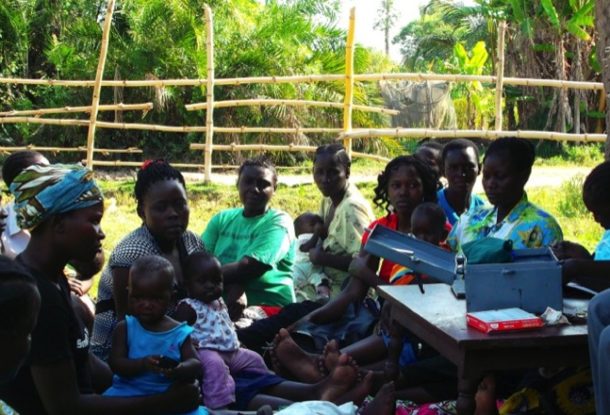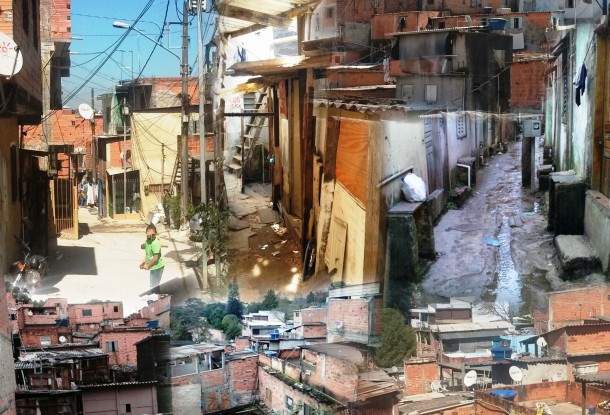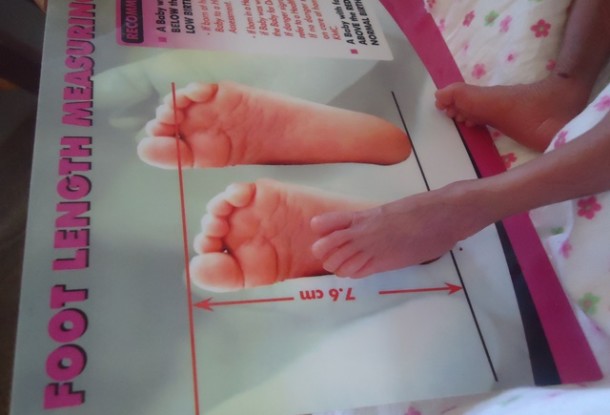Innovation Summary
 Kangaroo Mother Care improves survival, and potentially neurodevelopment, in preterm and low birth weight infants in hospital settings but its coverage remains low and the impact on brain development has not been comprehensively evaluated [1]. The potential impact would be substantial as the prevalence of LBW in India is high and its contribution to sub-optimal brain development is considerable.
Kangaroo Mother Care improves survival, and potentially neurodevelopment, in preterm and low birth weight infants in hospital settings but its coverage remains low and the impact on brain development has not been comprehensively evaluated [1]. The potential impact would be substantial as the prevalence of LBW in India is high and its contribution to sub-optimal brain development is considerable.
Innovation is required to allow the community-based delivery of KMC by front-line workers. This includes development of a model of community-based KMC and evaluation of its effects on a comprehensive range of neurodevelopmental outcomes and pathways, in the infant and the mother. The improvement in mother-infant relationship due to KMC may be an important contributor to child survival. We propose to evaluate the impact of a new approach of community-based delivery of KMC on early brain development outcomes and examine pathways for intervention impact in rural and semi-urban settings in India. The community based delivery of KMC is a scalable, equitable, socially inclusive innovation delivered through existing health systems and helps to strengthen community outreach.
Gallery
Impact
Expected Impact:
- 3 point increase in motor and mental developmental scores of low birth weight
- Improvement in breastfeeding rates by ~20%.
- Early care seeking and reduced morbidity by ~10%.
- Community workers trained in counseling for KMC and breastfeeding support
Kangaroo care is critical for babies to grow and develop and solace for mother.
--Caregiver
Innovation
Globally, the 20 million LBW babies born annually often face severe short and long term health consequences– mortality, morbidity, impaired growth and cognitive development and chronic diseases later in life [2]. LBW is the result of preterm birth or restricted intrauterine growth. It is also associated with lower productivity in a range of educational, economic and other activities.
Several mechanisms contribute to developmental problems in LBW infants. Biological mechanisms, particularly in preterms, include intraventricular hemorrhage, periventricular leucomalacia, toxic and metabolic stress. LBW infants may have a less responsive and stimulating home environment stemming from suboptimal mother-infant interaction. Higher levels of depression are reported in mothers of LBW infants, an independent risk factor for cognitive and social development [3-4].
KMC delivered in hospitals by skilled health workers resulted in improved survival and breastfeeding, reduced infections and increased physiological stability of LBWs. However, coverage of KMC remains low as hospital care is not available or acceptable to a majority of families.
The development of an effective community-based model for the delivery of KMC (CKMC) and identifying ways for enhancing coverage is a high priority if this intervention is to be scaled up. Expecting mothers in the intervention group will learn about CKMC in their last trimester and will be supported by community workers to provide KMC at home after birth.
If CKMC results in better newborn survival and development, it would be possible to deliver KMC to otherwise unreachable eligible infants. This would accelerate the scale up of an effective intervention, which currently has very low coverage.
KMC benefits both mother and baby. This innovation in KMC delivery can have a transformational impact for both child survival and development.
Collaboration
Funders:
- Saving Brains Partners
- Department of Biotechnology, Government of India
Evaluation Methods
KMC includes skin to skin contact of mother and baby for as long as possible, and promotion and support for early and exclusive breastfeeding. In addition, essential newborn care will be delivered by government workers. Survival will be measured at 1, 3 and 6 months of age. Information on the initiation of breastfeeding and incidence of infection in the neonatal period will also be collected. We will use a battery of tests to measure mothers’ depression, competence, bonding and interaction with infants, and infants’ temperament and neurodevelopment. We will collect this data at various time points to measure outcomes and pathways in the mother, infant and environment.
References
- Conde-Agudelo A, Belizán JM, Diaz-Rossello J. Kangaroo mother care to reduce morbidity and mortality in low birth weight infants. Cochrane Database of Systematic Reviews 2011, Issue 3. Art. No.: CD002771.
- World Health Organization. Care of the preterm and/or low-birth-weight newborn.
- March of Dimes, PMNCH, Save the Children, WHO. BornToo Soon: The Global Action Report on Preterm Birth. Editors – CP Howson, MV Kinney, JE Lawn. World Health Organization. Geneva, 2012.
- Feldman R, Eidelman AI, Sirota L, Weller A. Comparison of Skin-to-Skin (Kangaroo) and Traditional Care: Parenting Outcomes and Preterm Infant Development. Pediatrics 2002;110;16-26.
Resources
-
Instruments and Batteries
-
Weight: Seca 385 Baby Weighing Scales; Length: Seca 417 Infantometer. Physical Growth.
-
Bayley’s Scale of Infant Development III (BSID-III). Will measure gross/fine motor skills, cognitive function, receptive language, expressive language, and socio-emotional capacities. Gross/fine motor skills.
-
Patient health Questionnaire 9 (PHQ-9). Maternal Depression.
-
Parental Sense of Competence Scale. Mother Sense of Competence.
-
Postpartum bonding questionnaire. Mother-infant Bonding.
-
Mother-infant interaction. Still face Paradigm.
-
Selected items of Neonatal Behavioural Assessment scale. Newborn Behaviour.
-
Careys infant temperament scale. Infant temperament.
-





